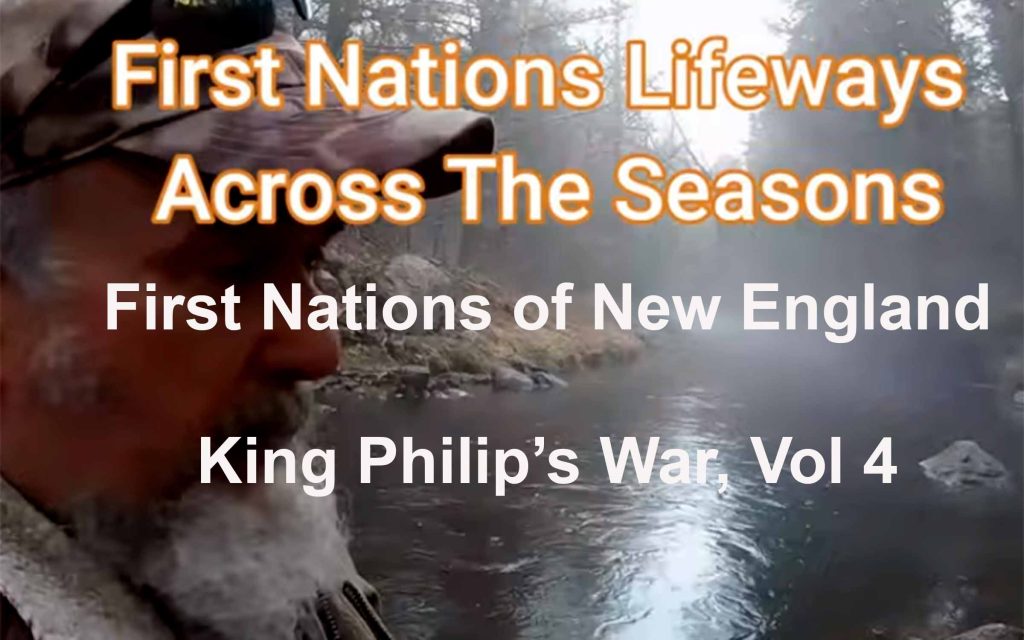
In this, the 4th episode on the 350th Anniversary of King Philip’s War, we briefly explore the lifeways of the various First Nations across Southern and Central New England. Starting the year with their return from the Long Hunt and Sugar-Making, we learn about their agriculture, fishing, foraging and hunting and then discuss the effect of heir contact with the European on these practices. Click here for a 16-minute video by Stan Svec of the Fishing Historic Places web channel posted on April 6, 2025.
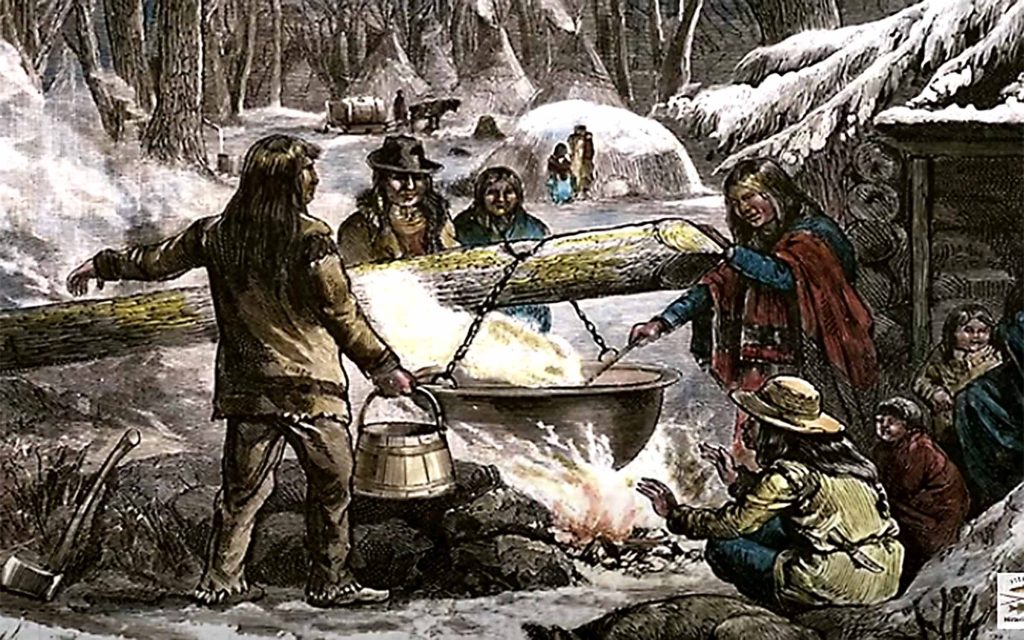
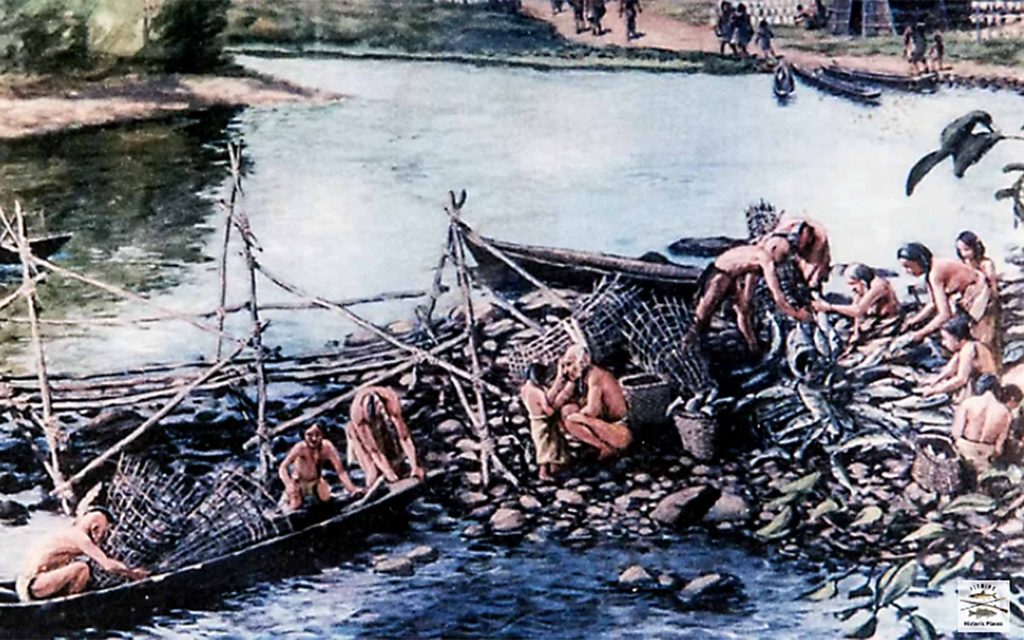
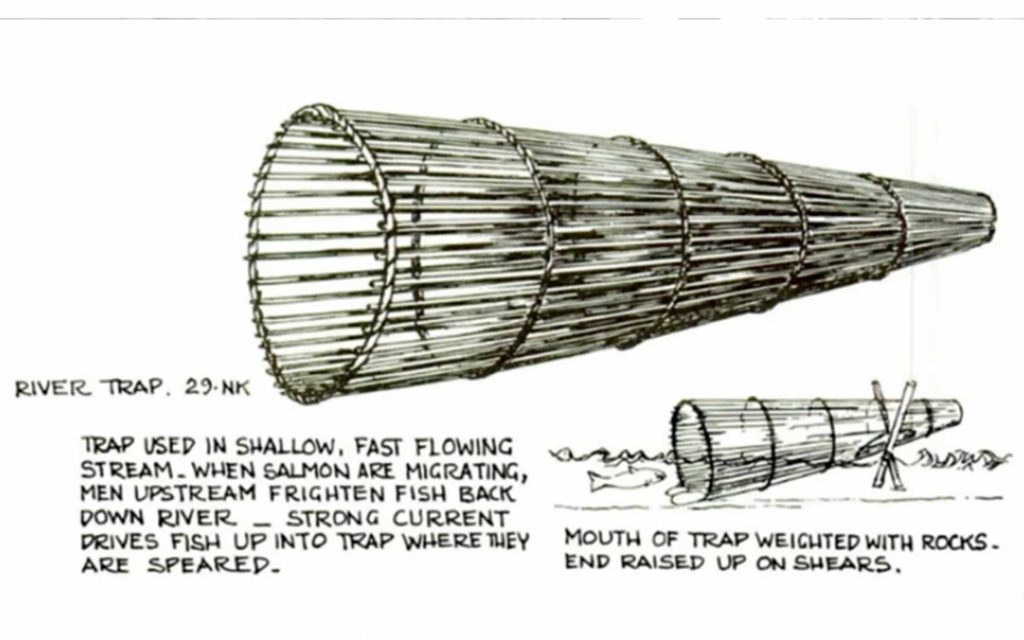
March was a time of renewal for both colonist and native people. For the Native people, March was a time of tribes coming back together after the long winter hunt and a time to celebrate the death of winter. Using fish weirs, Native people would catch their bounty during the spring when the fish were running up the streams to spawn.
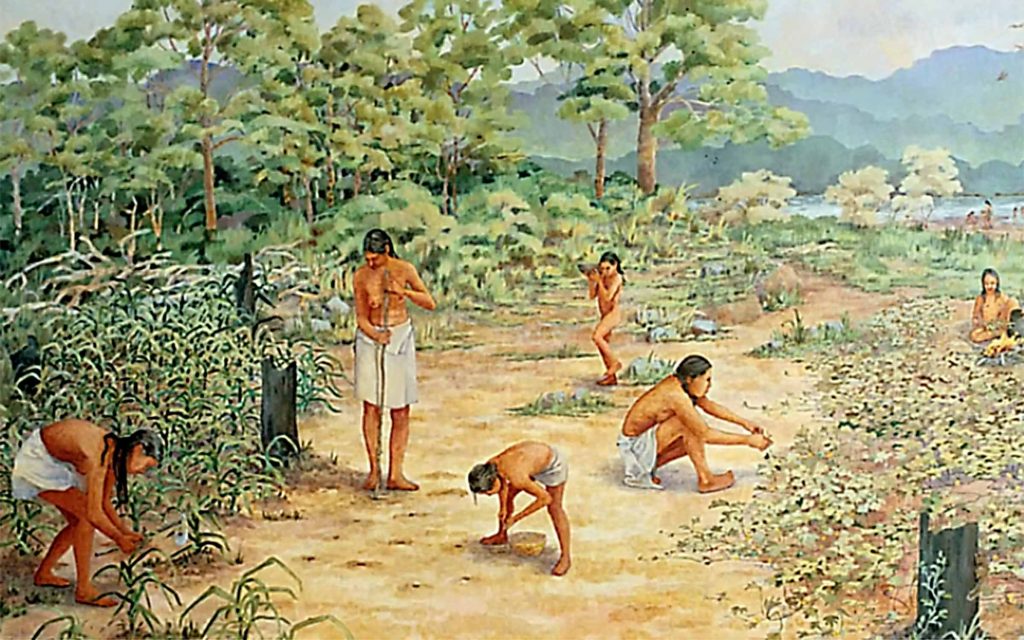
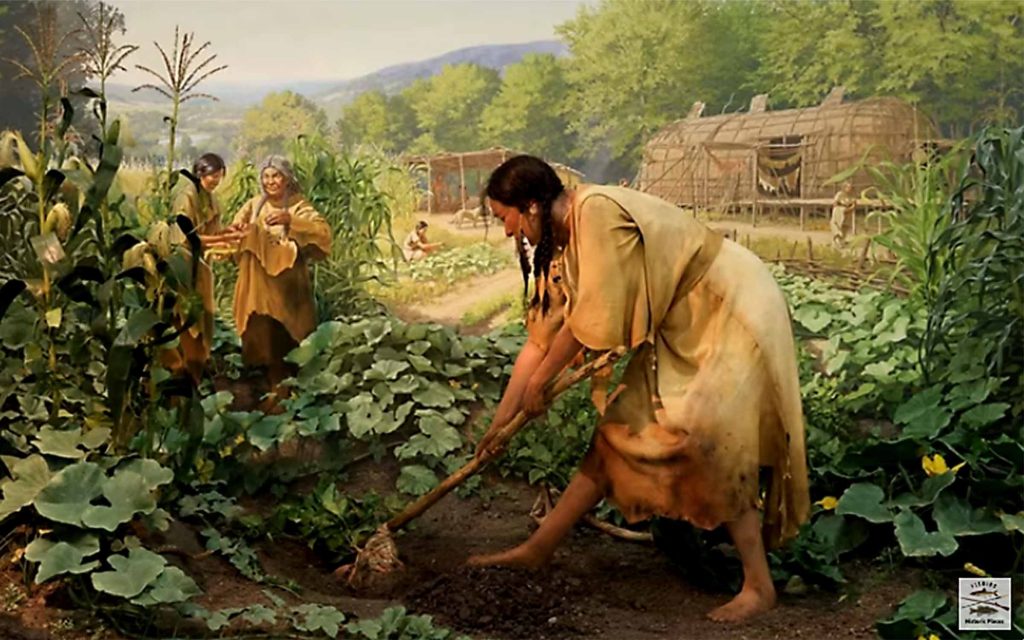
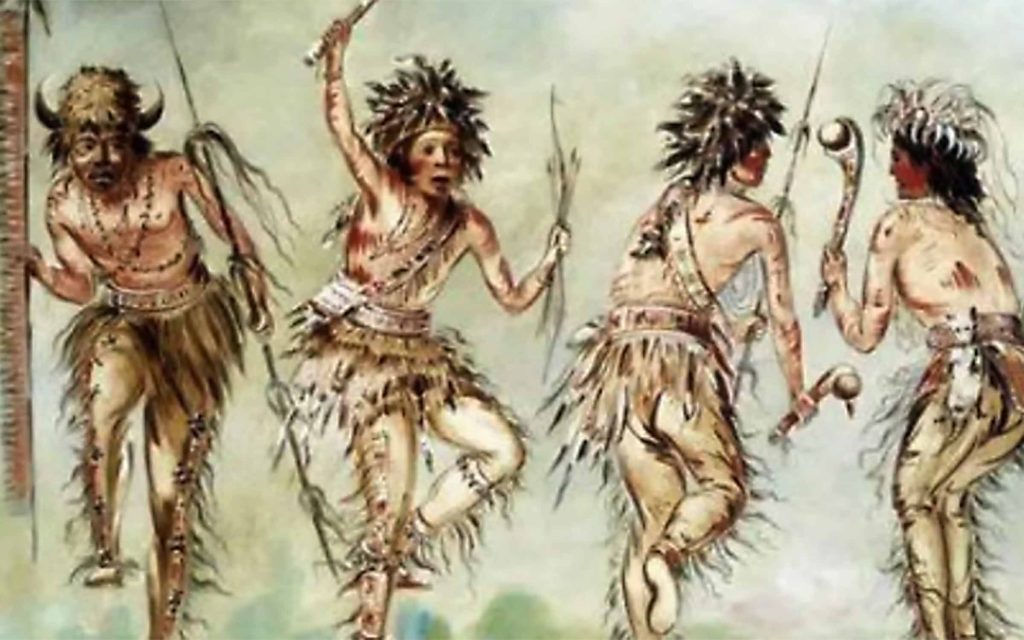
The growing season progressed from the early berrying, through the harvesting of beans, and then squash, and then maize, and, finally, pumpkins. The mourning wars during June and July usually involved the capture and enslavement of natives from “enemy” tribes to replace the souls of the dead.
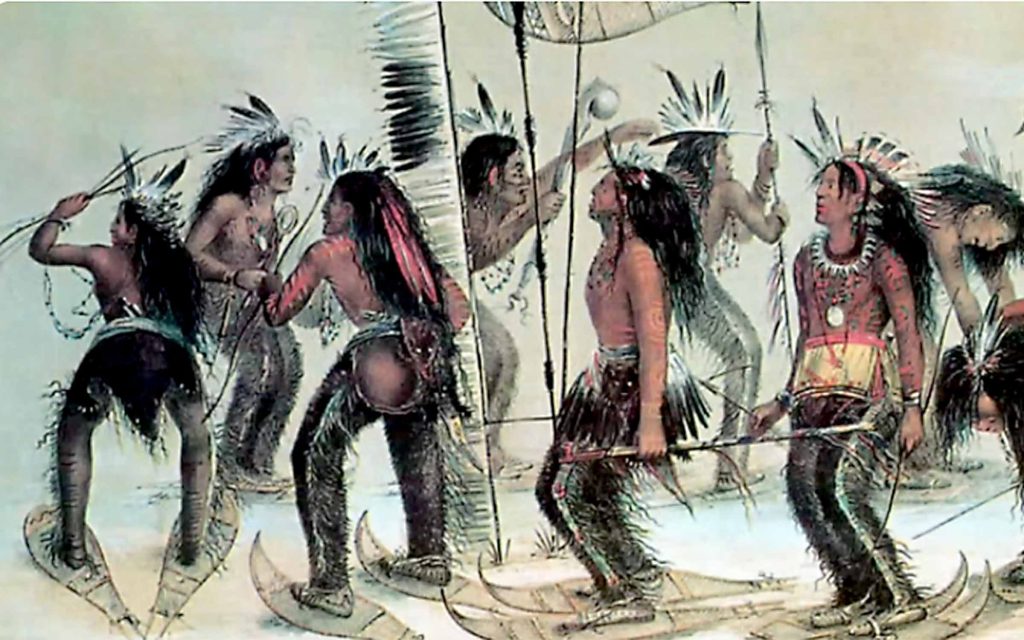
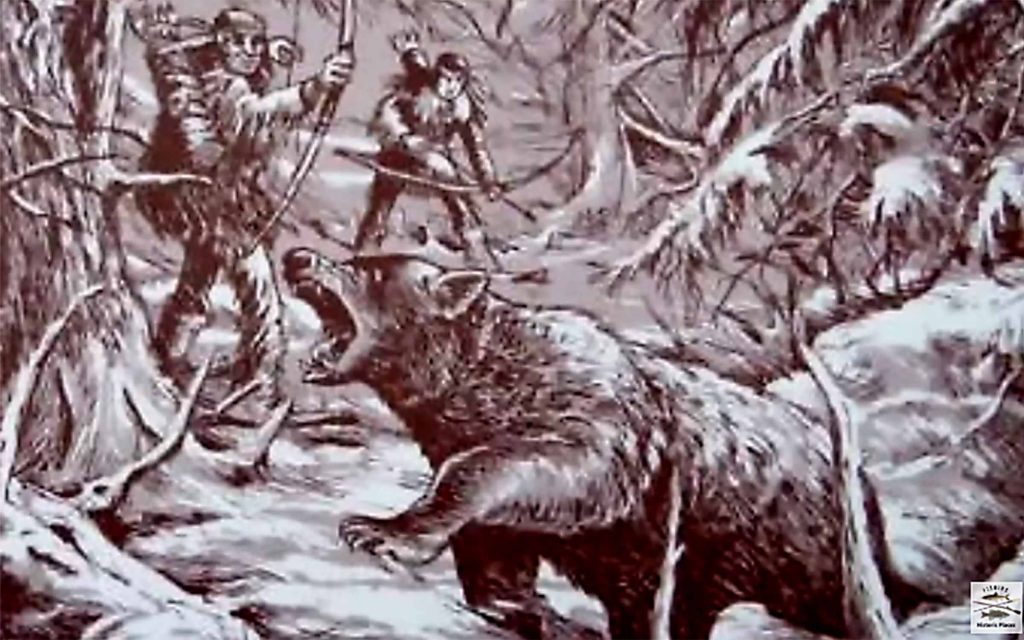
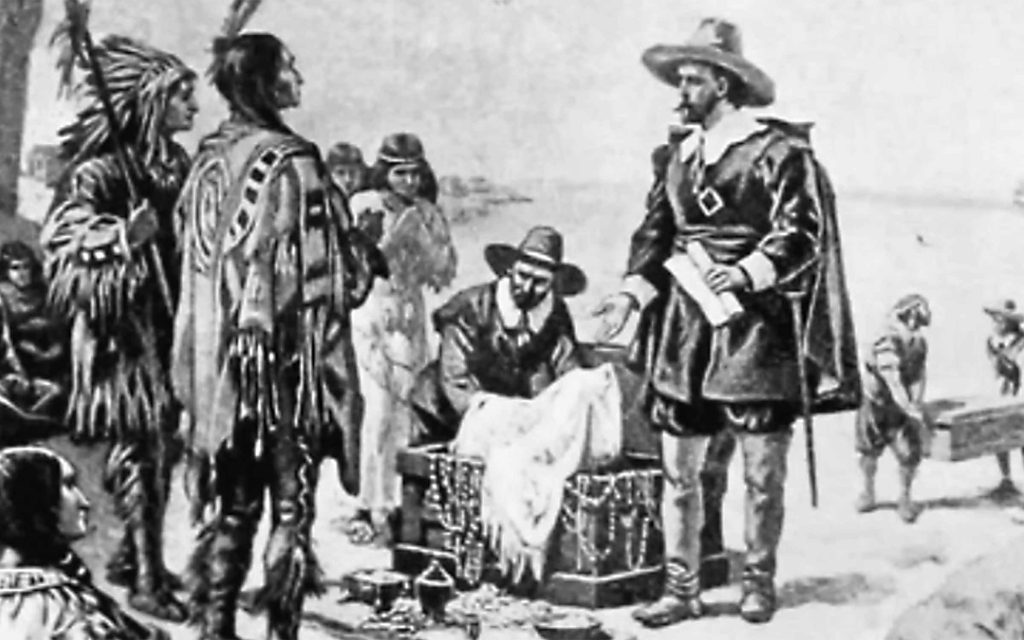
In the winter, tribes broke into small hunting groups and went out into the mountains and hills of the region in search of bear and beaver. When the colonists arrived, Native people began to trade for food that the colonists had learned to store.
